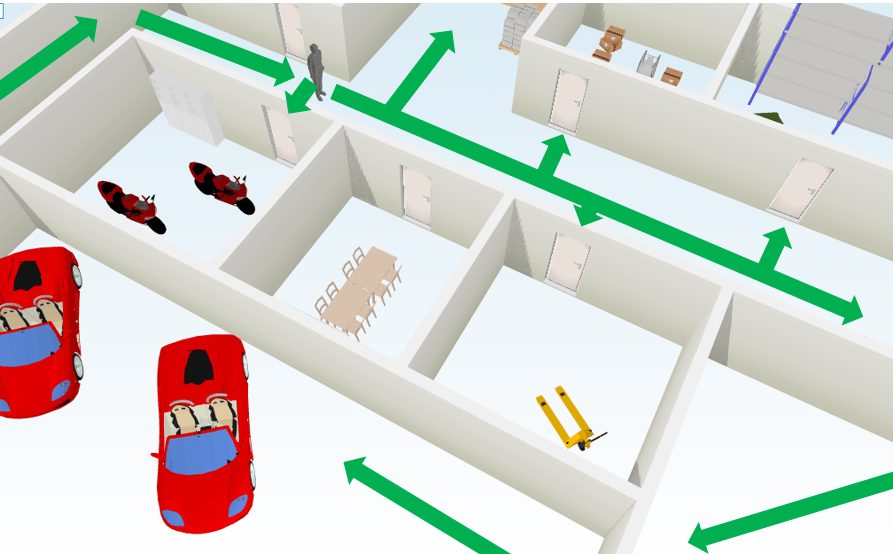Adversity has the effect of eliciting talents, which in prosperous circumstances would have lain dormant. Horace
We want to again restate this article is not a “be-all” “end-all” article that will solve every ‘tactical’ problem. It is written solely to introduce the concept of tactical movement to those with little experience or knowledge in this area. Theory and Reality are two different things; what works in the classroom will not always work in “life”. Spotter Up will assume “no” responsibility for any use or misuse of information from this article. This article alone will not make the reader an expert in tactics or in firearms nor can it be used as a substitute for PROFESSIONAL TACTICAL TRAINING or WEAPONS TRAINING. Spotter Up advises you to visit our site for training courses with a certified instructor On ALL weapon platforms.
Circumstances are an attribute, detail, or condition with respect to time, place, manner, agent, etc., that accompanies, determines, or modifies a fact or event; it is a modifying or influencing factor. Keeping this in mind, know then, there are no fail safe entries. Every entry by units has pros and cons and there are far too many elements to list here. Trying to list every element would only cause more confusion. Practicing a technique will elicit the reasons why.
It’s always recommended that you clear any independent room/area with more than one person. Why? Because no person can look in two direction at one time; behind and before are impossible locations to assess simultaneously. So, doing it alone isn’t the most prudent thing to do, however, you might not have a choice in the matter.
- Be Armed and then proceed:
- Do not walk past one room or closed door in order to clear another area, until the first room or area is cleared.
- Before walking into any area, take a quick look at the job before you and try to break it down into more manageable sections. Do a quick identification of how many areas are uncleared. Our Good Guy in the image of the map below potentially has 7 areas that are uncleared. The hallway before him, the hallway to his left flank, and the six doors.
- Listen for target indicators. Do you hear anything? Do you spot anything potentially harmful? Do you see a human form in the darkened area of a hallway or inside a room? Do you see a person’s reflection cast on a picture frame?
- Methodically clear the hallway, danger area by danger area.
- Begin with one area, clear that area, and then move to the next area. Doing this means that you should never leave a room to your backside that hasn’t been investigated and cleared. If you decide to move forward without clearing the rooms that you pass, you will now have two areas that are uncleared. What does this mean? It means your attention will be divided. Not a good situation to place yourself in.
Advancing too quickly without clearing the areas behind you is not a good idea, unless your team-mate picks up the rear and spots the French glass doors that you missed. Work as a team and not as an individual.
In these videos (part 1 and 2) Eli does a demo of deliberate room clearing in front of students in the end of a recent 5 day long course. The demo is oriented around a deliberate room clearing procedure (Cefed) in the capacity of one person.
Think this through….If you are approaching a long hallway, instead of a hallway that dead-ends past the two uncleared areas, you will now have three areas that are uncleared. This is very bad. Practicing tactics and cqb is good training time. There isn’t a magic tactic that will solve all of your tactical problems. Practice is what will make you more able to handle a problem.

- Keep track of the areas you have and have not cleared. Make a mental note and keep moving.
Again, it is recommended to clear areas with two people minimum so your backside is never exposed to danger areas.
Image courtesy of ProjectGecko.com




[…] a position of cover and order them out of the house. If that isn’t an option, check out this article from the same site about basic building clearing tips and this article about how to “slice […]
[…] a position of cover and order them out of the house. If that isn’t an option, check out this article from the same site about basic building clearing tips and this article about how to “slice […]
[…] Basic Tactics: Have a Plan Before Clearing Danger Areas […]
[…] Basic Tactics: Have a Plan Before Clearing Danger Areas […]